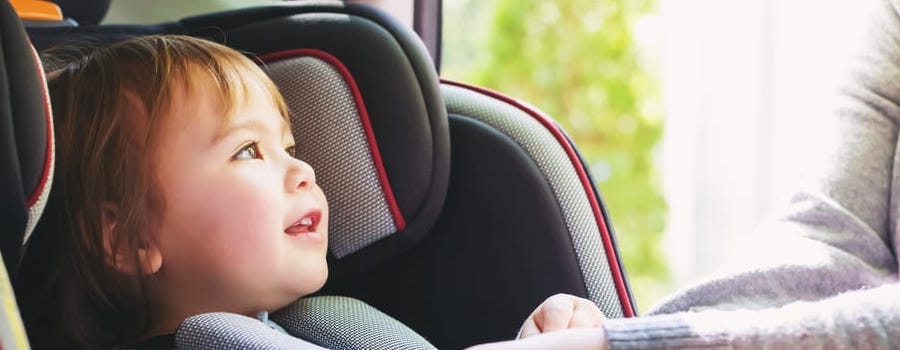- FIND YOUR NANNY TODAY!
- 1-888-556-2664
- 702-556-3998
5 Tips for Baby Car Seat Safety

5 Tips for Baby Car Seat Safety
Buckling your child into their car seat is a routine, every day event. But, are you doing it right? It’s always worthwhile to take a bit of extra time to make sure you’re meeting safety standards that could save your child’s life.
Here at Certified Nannies of America, your child’s well-being is our top priority. Because September is baby safety month, it’s the perfect opportunity to address car seat safety. The car is likely the most dangerous place you’ll put your baby, and if you’re like most families, you do it on a regular basis. So, how can you make sure you’re minimizing your child’s risk? We’ve put together 5 tips you should follow to ensure that your baby is safe in the car seat:
Follow Age and Weight Guidelines
While each state varies slightly on requirements and laws, most have some of the basics in common. For example, babies under the age of 1 and under 22 pounds should be rear-facing. Also, your children must be in the back seat until they are older than 12.
Buy New Car Seats and Check Expiration
While it can be ok to purchase a used car seat, it does involve some risk. The National Highway Traffic Safety Administration recommends that you go through this checklist if you’re considering buying a used seat. Also, remember to check the expiration date on your car seat. Whether you buy new or used, the expiration date may require that you eventually buy your child a new car seat, whether they’ve outgrown the seat or not.
Follow the Manufacturer’s Guidelines
Your car seat is only safe if properly installed. Follow the instructions in your car seat’s instruction manual and ensure you follow each step. In addition to installing the seat correctly, you’ll need to make sure you follow the best buckling practices. Some of the things you’ll need to adjust include the height of the shoulder straps and the height and tightness of the actual buckle. The chest clip should rest at armpit level. Remember, the fit should be snug, with only enough room to slip a finger between the straps and your child’s body.
Don’t Add Anything
In can be tempting to add soft belt covers or other gadgets, however these haven’t been tested for safety in a crash simulation. In fact, you shouldn’t even put heavy jackets or coats on your child in the car seat when buckling in. These additional layers, covers and comfort items can prevent the car seat from functioning properly.
Ask for Help
When in doubt, you can always ask for help! Most local fire stations offer car seat inspections and installations. You can also ask for an expert to double check the way you’re buckling your child in.
Looking for additional car seat help? Take a look at the National Highway Traffic Safety Administration’s car seat and booster seat information page. There, you can sign up to be notified should there ever be a recall on your car seat and get help picking out the perfect car seat for your child.
